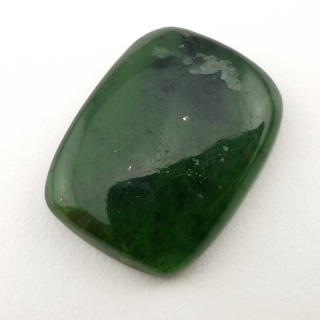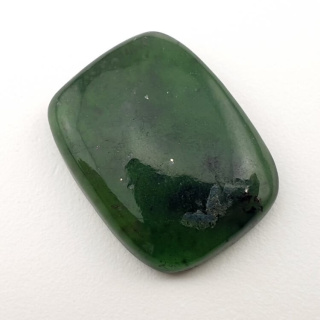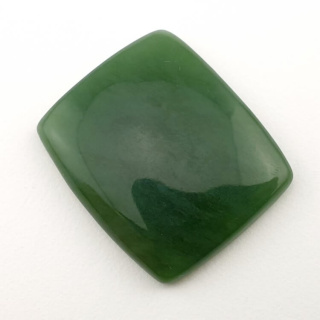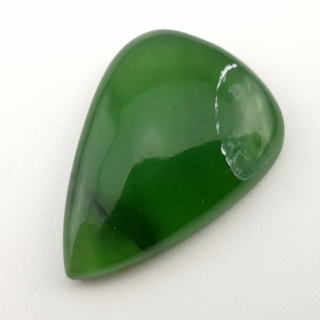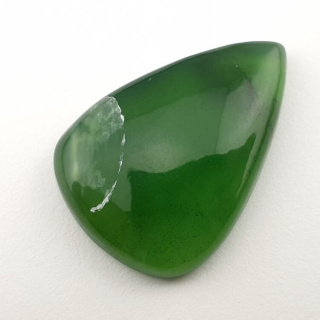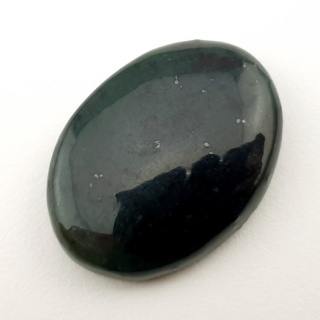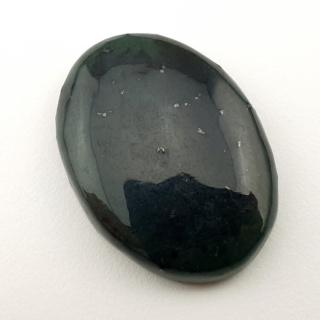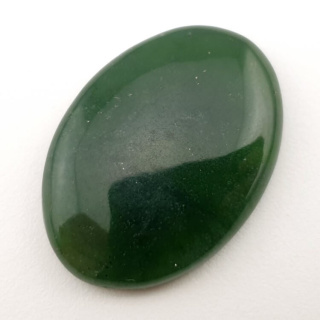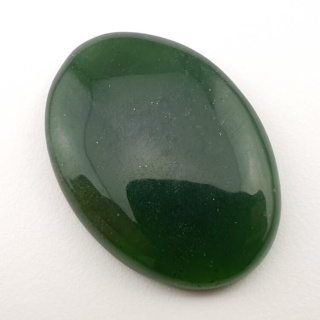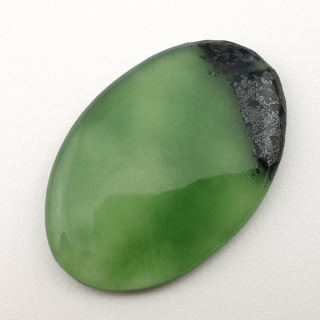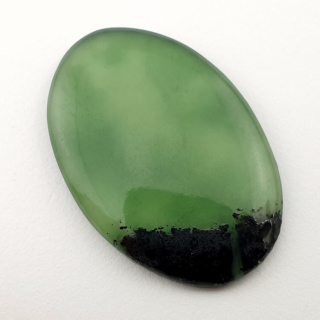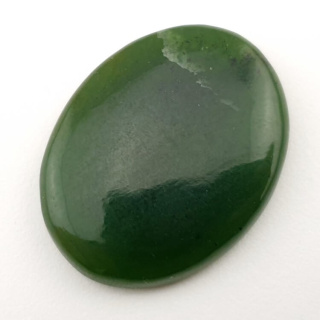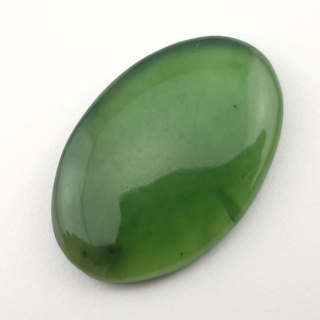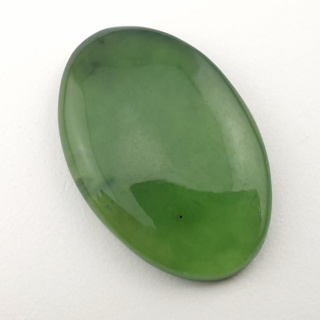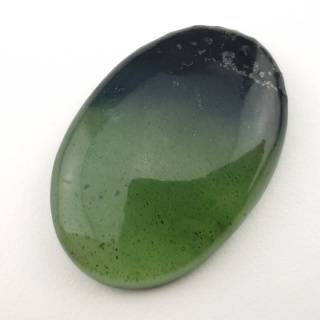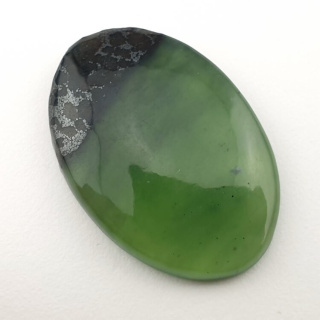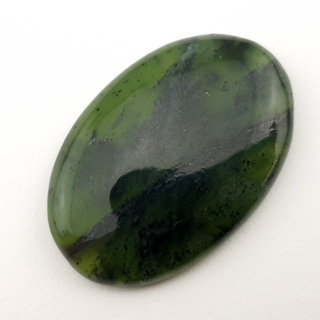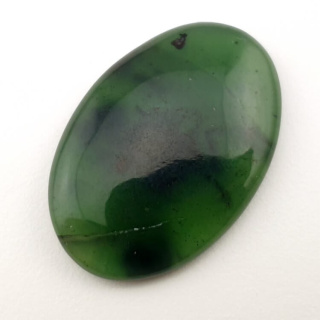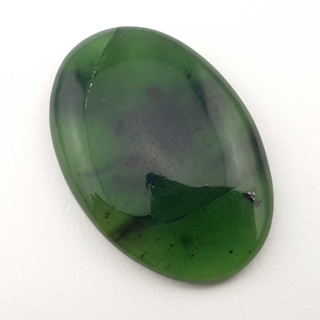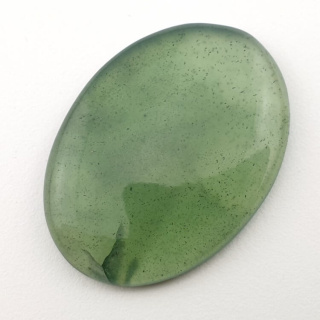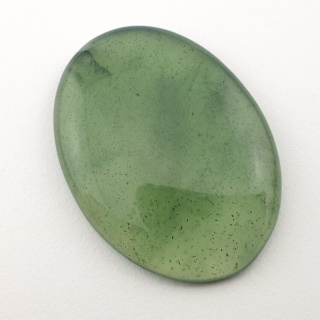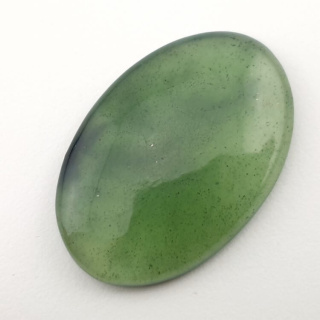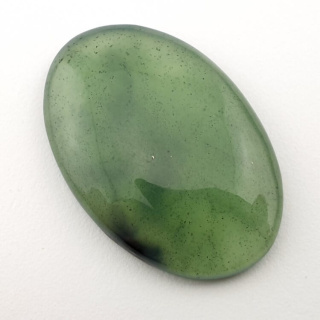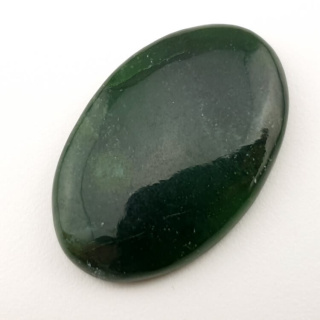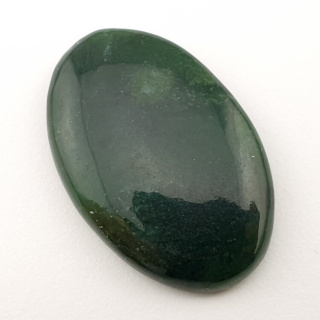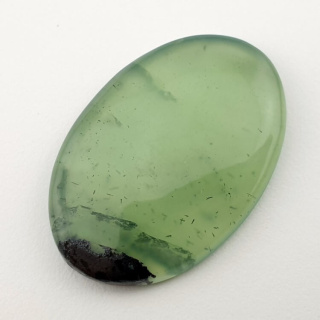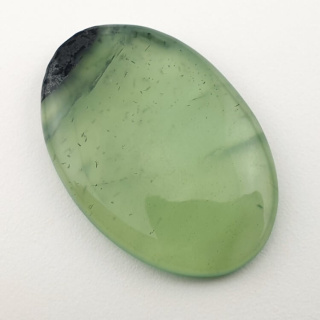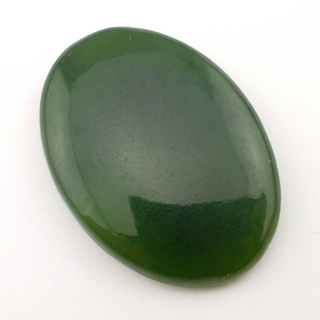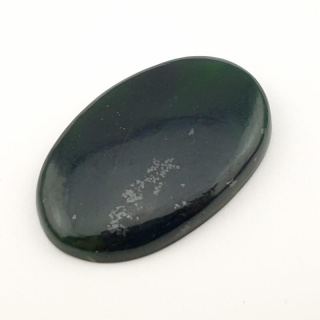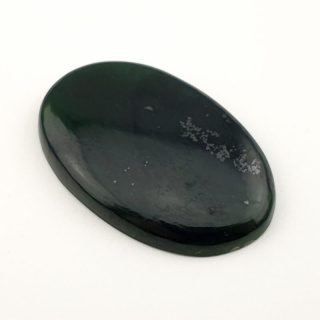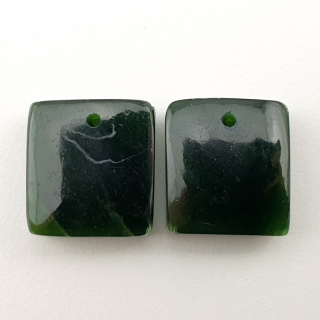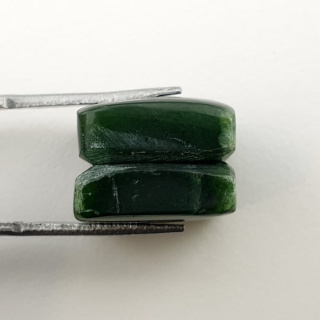- All categories
-
Categories
- Stones | Crystals
- Beads for jewlery
- Jewelry components
- Synthetic stones
- Zodiac stones
- Pearls | Shells
- Pendants
- Bracelets
- Tapes with crystals
- Crystals A-F
- Crystals G-K
- Crystals L-O
-
Crystals P-Z
- Peridote
- Pietersite
- Pyrite
- Prehnite
- Purpurite
- Rhodochrosite
- Rhodonite
- Ruby
- Selenite
- Septarian
- Seraphinite
- Indian seraphinite
- Serpentine
- Petrified wood
- Cat's eye scapolite
- Scolecite
- Sodalite
- Stichtite
- Shattuckite
- Scheelite
- Shungite
- Tektite
- Thulite
- Topaz
- Tibetan turquoise
- Tourmaline
- Tiger's eye
- Tiger's iron
- Unakite
- Variscite
- Sale
- Promo 💵
- Sale 🛒
- New arrivals 💥
- Discounts
- Delivery
- Payment
- Returns
- Contact us
- Blog
- Tapes with crystals (sale -40%)
-
Categories
-
Peridote
-
Pietersite
-
Pyrite
-
Prehnite
-
Purpurite
-
Rhodochrosite
-
Rhodonite
-
Ruby
-
Selenite
-
Septarian
-
Seraphinite
-
Indian seraphinite
-
Serpentine
-
Petrified wood
-
Cat's eye scapolite
-
Scolecite
-
Sodalite
-
Stichtite
-
Shattuckite
-
Scheelite
-
Shungite
-
Tektite
-
Thulite
-
Topaz
-
Tibetan turquoise
-
Tourmaline
-
Tiger's eye
-
Tiger's iron
-
Unakite
-
Variscite
Crystals P-Z -
- Promo 💵
- Sale 🛒
- New arrivals 💥
- Discounts
- Delivery
- Payment
- Returns
- Contact us
- Blog
- Tapes with crystals (sale -40%)
-
- Search
- My account
- Favorites
-
Cart
0
-
Cart (0)Cart is emptyAdd to cart for free delivery -,--Free delivery!Make orderTotal 0 €Price includes discounts
-
Nephrite – its beauty and power: online store with precious stones
Number of products : 20Nephrite is one of two members of the jadeite group belonging to the silicates. The jadeite group includes jadeite and nephrite. Both minerals are classified as pyrozolite silicates.
Jadeite and nephrite are quite similar in appearance and properties, but have slightly different chemical compositions and crystal structures. Nephrite is a mineral composed mainly of calcium and magnesium silicates, and also containing various trace amounts of other elements.
Nephrite properties – hardness, density, color, and more
Nephrite is a mineral with distinctive physical properties. Here are a few of them:
-
Hardness: Nephrite has a hardness of approximately 6 on the Mohs scale, which measures a mineral's resistance to scratching. This hardness is comparable to feldspars and quartz.
-
Density: The density of nephrite is usually around 2.9 to 3.03 g/cm³. This means that it is slightly heavier than water.
-
Color: Nephrite comes in various shades of green, ranging from light green to medium green to dark, intense green. Often, a variety of colors can be found in the same piece of stone, creating so-called “marbled” patterns.
-
Luster: Nephrite has a characteristic oily or silky luster, which gives it an attractive appearance in jewelry and ornaments.
-
Fracture: The fracture of nephrite is uneven and brittle. Different shades and bands of color can often be seen in the fracture.
-
Transparency: Nephrite is usually opaque, meaning that it is not transparent and does not allow light to pass through it.
-
Structure: Nephrite has a distinctive crystalline structure, although its microscopic crystals are usually invisible to the naked eye. It is more compact than jadeite, which affects its physical properties.
These physical properties make nephrite a valued material in jewelry and sculpture, and it is also significant in the culture and history of various communities.
Where can nephrite deposits be found around the world?
Nephrite deposits are found in various parts of the world. Here are some of the regions where significant deposits of this mineral can be found:
-
China: China is one of the most important sources of nephrite. Nephrite is traditionally highly valued in Chinese culture and art. The most important deposits are found in regions such as Xinjiang, Liaoning, and Henan.
-
New Zealand: New Zealand is also a well-known source of nephrite, especially in the West Coast region of the South Island. New Zealand nephrite is known as “pounamu” in Maori culture and has great spiritual significance.
-
Canada: Canada has jade deposits in various provinces, including British Columbia and the Northwest Territories. Canadian jade is prized for its unique colors. Mexico: Mexico is a source of nephrite in various shades of green.
-
Mexican nephrite is used in jewelry and sculpture.
-
Guatemala: Guatemala is another country in Central America with jade deposits. The town of San Juan Sacatepéquez is known for its nephrite.
-
Australia: Limited quantities of nephrite can also be found in Australia. The deposits are mainly located in Queensland.
-
Russia: Nephrite is also found in some regions of Russia, such as Siberia. These are just a few examples of regions where nephrite deposits can be found. There are also other locations around the world where this mineral can be found, but in smaller quantities.
What are the trends in the use of nephrite in contemporary jewelry and jewelry design?
Contemporary jewelry and jewelry design are constantly evolving, and trends in the use of nephrite may vary depending on changing customer preferences and innovations in the industry. Here are a few examples of trends related to the use of nephrite in jewelry:
-
Modern design: Jewelry designers are increasingly combining traditional elements with modern design. Nephrite can be used in minimalist and modern designs that highlight the beauty of the natural stone.
-
Colors and color combinations: Instead of traditional shades of green, designers often experiment with different colors of nephrite, such as blue, purple, and orange. This allows them to create unique and surprising color combinations in jewelry.
-
Multicolored stones: Nephrite can often be combined with other precious or semi-precious stones to create multicolored stones. This allows for more complex and detailed designs.
-
Minimalism and austerity: Contemporary trends often emphasize minimalism and simplicity. Nephrite jewelry can be designed in such a way as to highlight the natural beauty of the stone, avoiding excessive ornamentation.
-
Nephrite jewelry: Customers are increasingly looking for jewelry that reflects their individuality and personal stories. Nephrite can be customized for special designs that have unique meaning to the wearer.
-
Eco-consciousness: As environmental awareness grows, jewelry made from natural materials such as nephrite may be preferred by those who care about sustainability.
-
Combination of materials: Designers can combine nephrite with other materials such as silver, gold, wood or leather to create interesting contrasts in jewelry.
-
Unusual stones: Designers can experiment with rare varieties of nephrite that have unique and unconventional patterns and colors, creating unique and rare pieces of jewelry art.
These trends show that jade has many applications in modern jewelry and jewelry design, adapting to changing customer preferences and styles.
Nephrite meaning: What is the significance of nephrite in spiritual traditions and folk beliefs?
Nephrite has deep significance in many spiritual traditions and folk beliefs around the world. Here are a few examples:
-
Chinese culture: In Chinese culture, nephrite was considered a stone with spiritual and symbolic meaning. It was regarded as a stone of abundance, wisdom, and long life. It is believed that wearing nephrite jewelry attracts good fortune and protection.
-
Maori culture (New Zealand): Nephrite, known as “pounamu,” is of great importance in Maori culture. It is considered a stone with spiritual power and is associated with ancestral spirits and nature. Pounamu jewelry is often worn as a symbol of identity and connection to Maori history and traditions. Other Asian Cultures: In other Asian cultures, such as Japanese and Korean, nephrite also has spiritual significance.
Other Asian cultures: In other Asian cultures, such as Japanese and Korean, nephrite also has spiritual and symbolic significance. It was believed to bring protection from evil, attract good fortune and harmony, and aid in spiritual practice.
-
Native American Culture: In some Native American communities, nephrite had spiritual and medicinal significance. It was believed that this stone had the ability to bring spiritual and physical balance and aid in healing.
-
Aztec and Mayan cultures: In the ancient Aztec and Mayan cultures of Central America, nephrite was considered a protective stone and was important in spiritual rituals and as a symbol of power.
-
Siberian culture: In some Siberian communities, nephrite was used in rituals and spiritual ceremonies. The stone was believed to have healing and spiritual powers.
These examples illustrate that nephrite had significant spiritual and symbolic meaning in various cultures throughout the ages. It was seen as a stone that brought good luck, protection, spiritual harmony, and health.
History of jade: What are the most important uses of nephrite in different cultures and throughout history?
Nephrite has been important in various cultures and historical periods, fulfilling a variety of roles and functions. Here are some important uses of nephrite:
-
Jewelry and ornaments: Nephrite was widely used to make jewelry, necklaces, rings, bracelets, earrings, and other ornaments. In many cultures, this stone was valued for its beauty and durability, as well as for bringing luck and protection to the wearer.
-
Nephrite sculptures and figurines: In many cultures, nephrite was used to make sculptures, figurines, and other sculptural works. These works could have both artistic and spiritual significance. Jade sculptures were often representations of deities, historical figures, or symbolic representations.
-
Rituals and ceremonies: Nephrite was often used in religious rituals and spiritual ceremonies. It was considered a protective stone and was believed to help establish contact with ancestral spirits or deities.
-
Medicine and healing: In some cultures, folk beliefs attributed healing properties to jade. It was believed that wearing the stone could bring health and well-being. In ancient times, the stone was also used as a protective amulet against disease.
-
Ritual art: In cultures where the properties of nephrite were of great importance, such as the Maori culture in New Zealand or the culture of North American Indians, this stone was often used in ritual art. Nephrite was used to make masks, ritual tools, and sacred decorations.
-
Decoration: An important use of nephrite was to decorate everyday objects such as dishes, musical instruments, and weapons. In such cases, the stone added not only aesthetic value but also symbolic value.
What famous monuments or historical exhibits contain nephrite?
Nephrite has been used in many famous monuments and historical exhibits throughout the centuries. Here are a few examples:
-
Jade helmet from Chichén Itzá: In Mexico, there is an ancient jade helmet that comes from the city of Chichén Itzá and is associated with the Mayan culture. The helmet is beautifully carved from green jade and decorated with motifs related to mythology and war worship.
-
Jewelry from the tombs of Chinese emperors: Many precious artifacts have been found in imperial tombs in China, including jewelry made of nephrite. This jewelry was used as decoration in everyday life and as elements of funeral ceremonies.
-
Maori jewelry: In New Zealand, Maori jewelry and ornaments made of pounamu (jade) are of great cultural significance. Many of these works of art can be found in museums and galleries throughout the country.
-
Mesoamerican jade carvings: In the Mesoamerican region, such as Mexico and Guatemala, jade carvings and amulets were an important part of art and culture. Many of these artifacts can be seen in museums dedicated to the Aztec, Mayan, and other civilizations.
-
Nephrite “Soccer Player” from Veracruz: The Museum of Anthropology in Mexico City houses a famous sculpture depicting a figure playing soccer.
![[{[item.product.name]}]]([{[item.product.photo.url]}] 75w)

